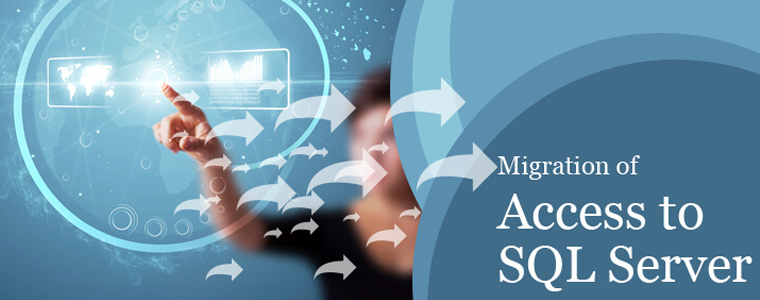
By Imran Salahuddin | Published on December 16th, 2015 | Last updated on May 19th, 2025 |
As businesses grow, their data management needs evolve. Many start with Microsoft Access due to its simplicity and ease of use. However, when data size and user demand increase, Access databases often fall short. This is where migrating Access to SQL Server becomes crucial.
Access is a great tool for small-scale database applications, but it has limitations. Access databases are capped at 2 GB, which can quickly become a bottleneck as your data grows. In contrast, SQL Server supports databases that span terabytes, offering scalable storage solutions for expanding enterprises.
Migrating Access to SQL Server enhances not just capacity but also performance. SQL Server uses robust multi-threading capabilities to handle many queries simultaneously, unlike Access, which can struggle with concurrent users. This makes SQL Server ideal for environments requiring multiple simultaneous accesses to the database.
Migrating your Access SQL database to SQL Server involves several steps. First, ensure you have sufficient disk space and backup your Access database. Then, add unique indexes to Access tables to maintain data integrity during migration.
You can use the Access Upsizing Wizard, a built-in tool that simplifies converting Access to SQL by transferring tables, data, and relationships to SQL Server. There are three migration approaches:
Each method offers flexibility depending on your requirements and technical expertise.
Post-migration, your applications will access the SQL Server database instead of Access, often transparently to end-users. This access to SQL Server ensures improved reliability, security, and performance for your business-critical applications.
Migrating from Access to SQL Server is a strategic upgrade to accommodate growing business demands for data size, multi-user access, and security. By converting Access to SQL, you leverage Microsoft’s powerful database platform to ensure your data infrastructure is robust, scalable, and future-proof.
If your organization still relies on Microsoft Access but faces its limitations, it’s time to consider migrating access database to SQL Server. This move not only boosts data management efficiency but also prepares your IT environment for long-term success. We have provided you the details of migration Access to SQL Server using upsizing wizard, the process requires skilled resources having sound technical knowledge in Access and SQL Server.
For more details on migration techniques and strategies, contact Us.